- NEED HELP? CALL US NOW
- +919995411505
- [email protected]
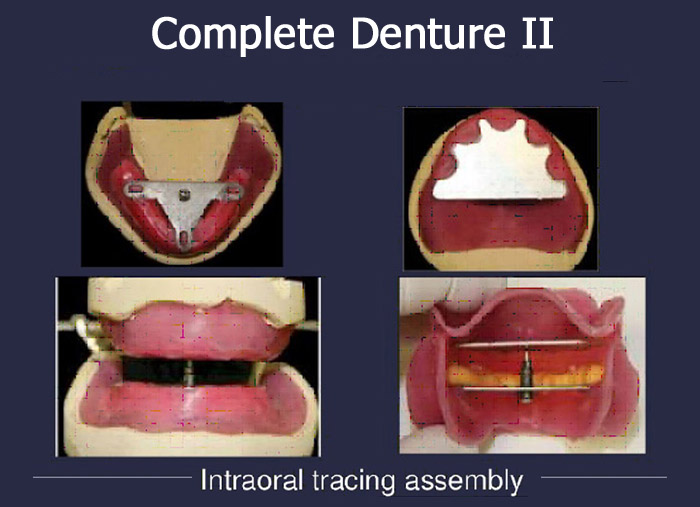
Various methods of recording Centric Relation:
1.Functional (chew-in) methods
Needle House method
Patterson's method
Meyer's method
2. Excursive methods(Graphic method)
Intraoral tracing(intraoral balancer, Hanau co)
Extraoral tracing(Height tracer, Hanau co)
3. Tactile or interoclusal check records
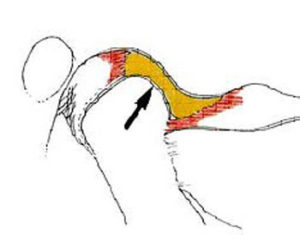
A. Needle House method; Compound occlusal rims with 4 metal styli placed in the maxillary occlusal rim are to be used. The tracings incorporate movement in all the three planes.
B. Patterson's method: Wax occlusal rims are used. A trench is to be made in the mandibular rim and the mixture of half plaster and half carborundum paste should be placed in the trench.
C. Meyers method: Meyers used soft wax on the occlusal rims to establish a generated path. Tin foil was placed over the wax and lubricated. The patient performed the functional movements to produce a wax path. The plaster index was made on the wax path and the teeth were set to the plaster index. The commonly used excursive methods(Graphic method) is Gothic arch tracing which can be used both extraorally as well as intraorally. This tracing is shaped like a Gothic arch and so is referred to as Gothic arch tracing. It is also known as arrow point tracing. It indicates the relative position of upper and lower jaws in horizontal plane.
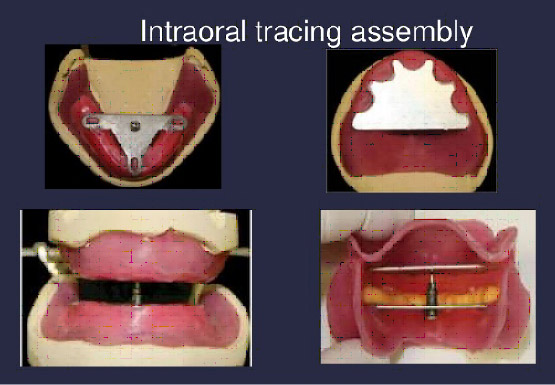
Pantograph is a tracing technique
It is the most accurate method of recording centric relation. It can also be used to record ecentric movenents. It is 3D extraoral graphic tracer. It records mandibular movements in all 3 planes. Mandibular movements are traced by a styli. This is not used for complete denture and is mainly used in full mouth rehabilitation of dentulous patients. A pantographic tracer looks like a face bow. The surface on which tracing is done is called as FLAG. There are total six flags. 2 flags on each side of the condylar region are situated perpendicular to one another. The remaining 2 are in the anterior region.
Silverman's Closest Speaking Space:
In normal jaw relations: 1.5 to 3 mm
In class II malocclusion where excessive overjet is there, closest speaking space is 3-6mm
While in class III conditions it is 0.5 to 1mm
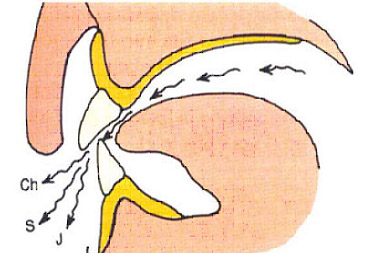
Closest speaking space |
Freeway space |
Described by Silverman |
Described by Thompson and Niswonger |
Closest speaking space measures the vertical dimension when the mandible and muscles involved in function of speech. It is the space between upper and lower teeth when sounds like eh, s, j are pronounced |
It establishes vertical dimension when the muscles and mandible are in rest position |
It is dynamic position established when muscles are in state of function |
It is static position established when muscles are in state of rest |
It is about 1-2mm when measured in the premolar area |
It is about 2-4mm when measured in the premolar area |
The speaking space increases when there is small vertical dimension |
The freeway space increases when there is reduced vertical dimension |
Vertical Dimension:
The distance between 2 arbitary points on maxilla and mandible when the patient is relaxing is called vertical dimension at rest. Then same distance when the patient is occluding on rims is called vertical dimension in occlusion. The interarch distance measure when the occlusal rims are in rest position is called as vertical dimension at rest(VDR). The interarch distance measure when the occlusal rims are in uniform contact is vertical dimension of occlusion(VDO).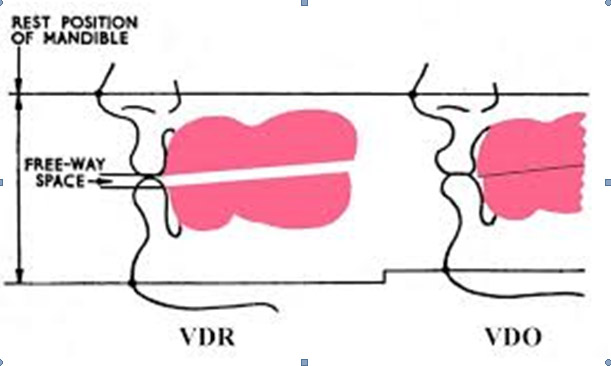
FREEWAY SPACE= VDR- VDO, It is 2-4mm when observed at the position of 1st premolars
INCREASED VERTICAL DIMENSION/ DECREASED FREEWAY SPACE |
1. Decreased freeway space |
DECREASED VERTICAL DIMENSION/ INCREASED FREEWAY SPACE |
1. Increased freeway space |
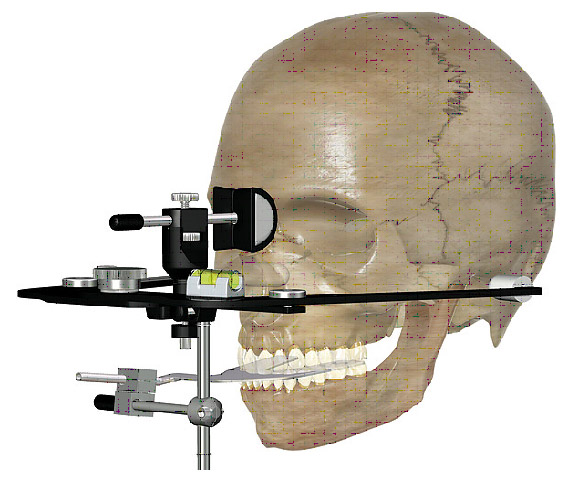
FACEBOWS: Facebows are used to record the anteroposterior and mediolateral spatial position of the maxillary occlusal surfaces relative to this transverse opening and closing axis of the patients mandible. Maxillary cast is first attached to the articulator . The facebow is then attached to the articulator to transfer the recorded relationship of the maxilla by ensuring that the corresponding cast is attached in the correct position relative to the hinge axis of the instrument. Most facebows are rigid , caliper like device that permit some adjustments.
Two types of facebows are recognised:
1. Arbitary facebows
2. Kinematic facebows
ARBITARY FACEBOW |
KINEMATIC FACEBOW |
Condylar rods are approximately located over the condylar region |
Accurately determines the centre of rotation axis ie, of the condylar location |
Attached to maxillary occlusal rim |
Attached to mandibular occlusal rim |
Used in construction of complete denture |
Used in construction of FPD where precision is required |




